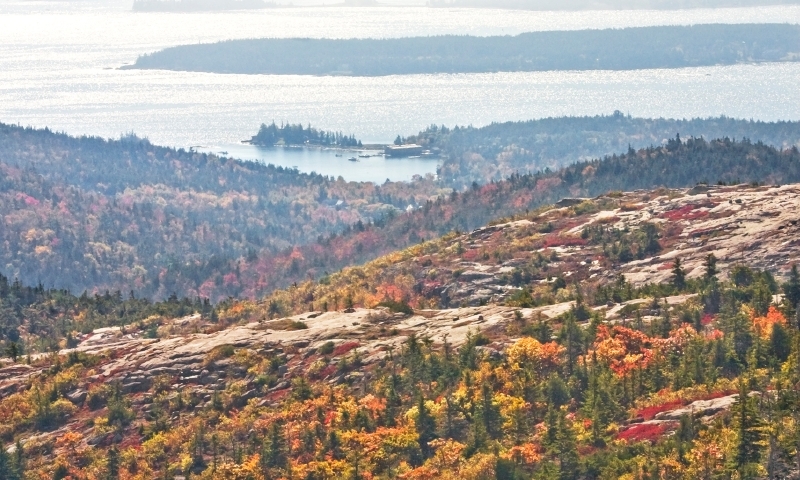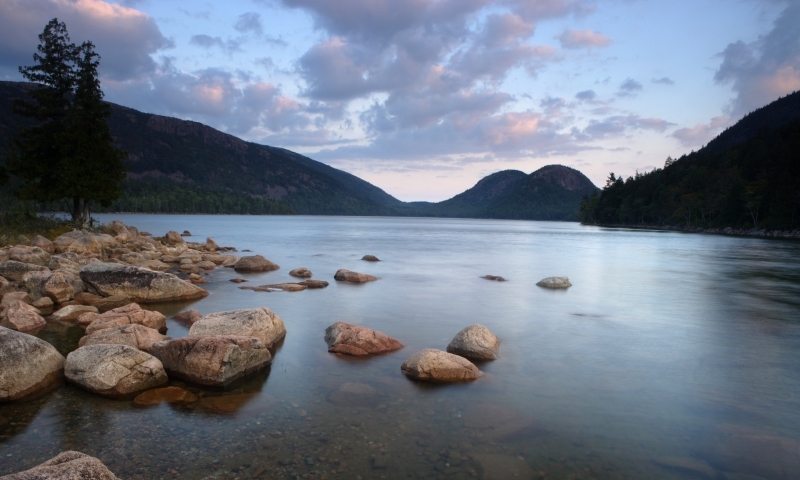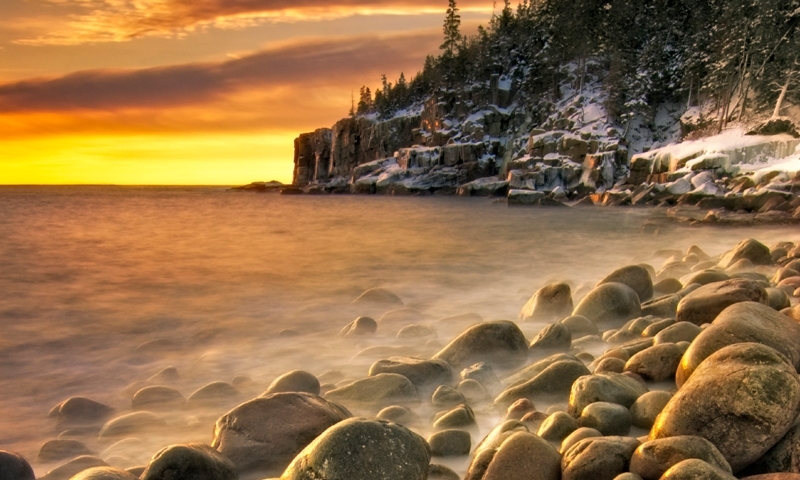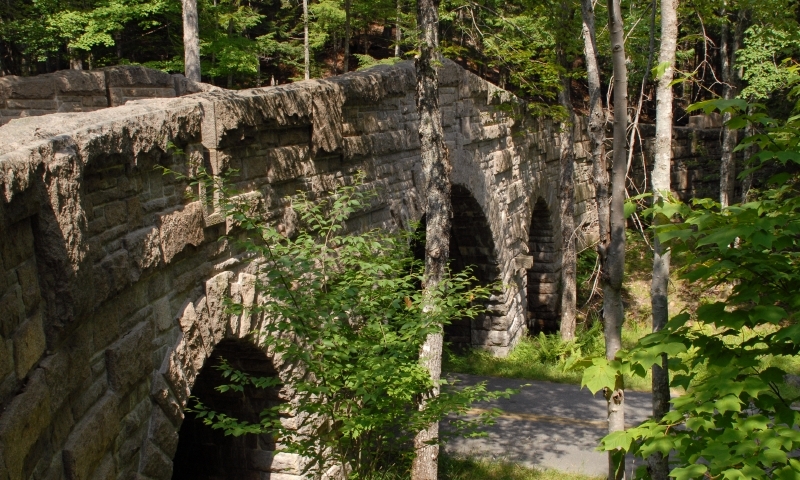Acadia NP: Natl Park Information
Explore 45,000 acres and 1,530 vertical feet of Acadia National Park by foot, boat, bike, or car, and experience its diverse and beautiful ecosystems on the rugged Maine coast. All campsite reservations must be made online in advance. An entrance pass is required year-round. Cadillac Summit Road requires reservations from mid-May to mid-October, while Park Loop Road closures vary seasonally.
Overview
From rocky sea-level coastline to 1,530-foot Cadillac Mountain, take in the lakes, streams, wetlands, forests, meadows, and beaches that span over Acadia National Park’s 45,000 acres. Located primarily on remote Mt. Desert Island in Maine, Acadia is surrounded by several coastal towns. Hike up mountains, through coniferous forest, and over rugged shores, or bike the 45-mile carriage road system on your visit to the first National Park East of the Mississippi.
Location/Directions
Acadia National Park is located on a cluster of islands on the Maine coast, primarily covering Mt. Desert Island, about three hours North of Portland, ME. From Portland, take I-295 N to I-95 N. Take exit 182A for I-395 E/ME-15 S toward Bangor. Next, take exit 6A to merge onto US 1A, then continue onto ME-3 E/Bar Harbor Rd. where you’ll enter the park.
To get around Acadia National Park once you are there, make sure to use the Island Explorer Shuttle Bus, providing free bus service all around the park. There are also a handful of Ferries, offering boat service between Bar Harbor and the Schoodic Peninsula.
Seasons
The park is open year-round, though there are some seasonal facility and road closures. Cadillac Summit Road requires reservations from mid-May to mid-October; Park Loop Road closures vary seasonally.
Activities
Hiking
Hike a steep 1,530-feet up Cadillac Mountain or the flat loop around Jordan Pond. With 125 miles of trails and landscape that ranges from coastal to mountainous, it’s hard to get bored hiking in Acadia.
Biking
Cycle over smooth, moderate grades on the 45-miles of carriage road within Acadia.
Camping
Pitch your tent at one of two wooded campgrounds within a 10-minute walk of the ocean on Mt. Desert Island or at the campground (reservations required) on Isle Au Haut, off the coast of Deer Isle. All campsite reservations must be made online in advance.
Climbing
Gear up at one of the local providers in Acadia’s surrounding towns, then head to South Bubble for good beginner routes, one to three pitches. More experienced climbers check out Otter Cliffs, where 60-foot sea cliffs offer crack and face climbing, rappel access, and routes up to 5.12.
Fishing
Take to freshwater for trout, landlocked salmon, and smallmouth and largemouth bass, or hit the ocean for mackerel, bluefish, and striped bass. For freshwater fishing, grab a permit at the town hall in Northeast Harbor (207-276-5531) or Southwest Harbor (207-244-5404). Permits aren’t required for saltwater fishing, so head right over to Sargent Drive, Somes Sound or Frazer Point, Schoodic Peninsula for great fishing July-September.
Boating
Canoe, kayak, sail, or motor through Acadia’s lakes, ponds, and surrounding ocean. Rent a vessel from an outfitter in one of the surrounding coastal towns (check out providers below!) and hit the water – just make sure to follow watercraft restrictions (http://www.nps.gov/acad/planyourvisit/watercraftrestrictions.htm).
Horseback Riding
Stop at Wildwood Stables to get hooked up with a horse or carriage, then hit the 45-miles of carriage road that weave throughout the park (207-276-5721).
Scenic Driving
Start at the Hulls Cove Visitor Center and drive the 27-mile Park Loop Road for scenic coastal views, then head up Cadillac Mountain Road for 360-degree vistas on top of the highest peak on the Atlantic Coast.
Tide Pooling
Explore the intertidal zone, where ocean meets land. Check out barnacles, mussels, sea stars, and anemones, left exposed in small pools when the tide goes out each day. Find a tide chart in the park newspaper, the Beaver Log, and head to Bridge Street in Bar Harbor to examine the sand bar that connects Mt. Desert Island to Bar Island.
Additional Info
An entrance pass is required year-round. The current NPS standard private vehicle pass is $35.
Contact the park directly at 207-288-3338.







